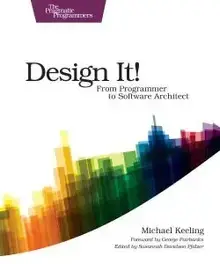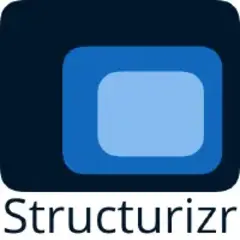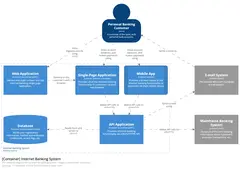Documentation
Documentation is the process of creating, maintaining, and storing written records of a project's development, including requirements, design, implementation, testing, and maintenance. It serves as a reference for developers, stakeholders, and users, ensuring that everyone involved in the project has access to accurate and up-to-date information about the system's functionality and structure.
Below is an overview of content that matches the tag "documentation".
Note that this list is not exhaustive, as it is automatically aggregated based on manually assigned categorizations.
If you notice a missing element, or think some of the items are wrongfully categorized, please create a bug/improvement ticket on our github issue tracker.
Books tagged with "Documentation"
Design It
From Programmer to Software Architect
Keeling, M. (2017) Design It. The Pragmatic Bookshelf. isbn: 1680502093.
Design It follows a fictional project to illustrate how software architects balance stakeholder goals, constraints, and technical options. Michael Keeling mixes facilitation techniques, documentation strategies, and decision records so architects can make their thinking transparent. It serves both aspiring architects and experienced leads who want a modern, collaborative toolkit.
Other Resources tagged with "Documentation"
SD Development Document generator
Tooling to generate documents from Markdown, using docker images to ensure portability between different environments. Contains a quick-start set-up. Useful for automated pipelines or quick set-up on new computers.
Structurizr
A DSL for describing software architecture and design. Based on the c4model system for system description. Easy to use, and integrates with the most popular code-to-diagram formats.
Business Process Model And Notation Specification - Version 2.0
The BPMN (Business Process Model and Notation) 2.0 specification website by OMG (Object Management Group) provides detailed documentation on the BPMN standard, which is widely used for modeling business processes. This standard offers a graphical notation that is understandable to all business stakeholders, enabling them to collaborate and understand processes clearly. BPMN 2.0 supports both technical and business-level communication.
The C4 model for visualising software architecture
The C4 Model website outlines a method for visualizing software architecture through four distinct diagram types: Context, Container, Component, and Code. This model simplifies the complexity of software systems by offering different levels of abstraction, making it easier for teams to communicate and understand architectural designs. Knowledge workers will find it useful for maintaining clarity and consistency in documentation and for facilitating effective collaboration across development teams.




